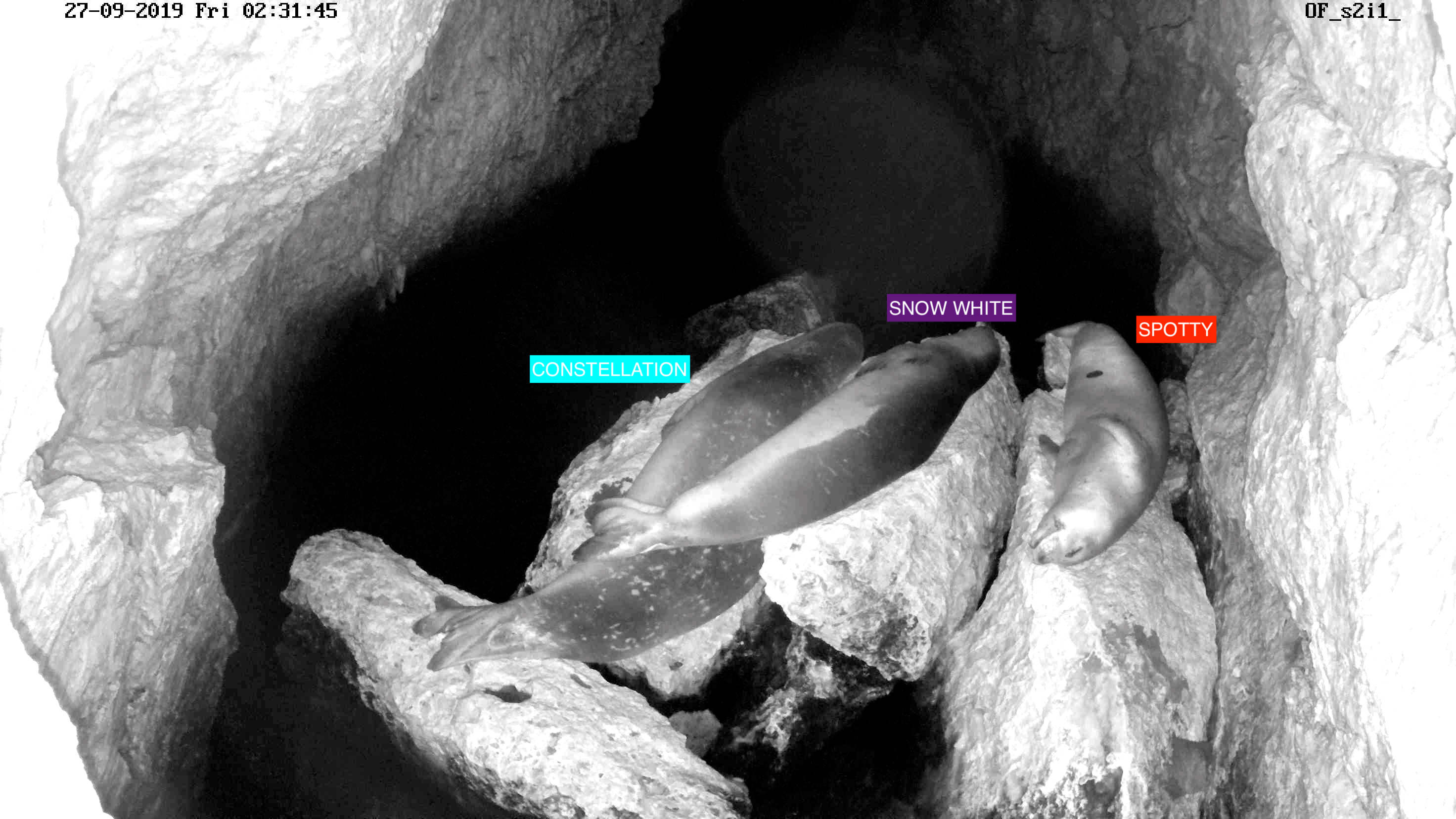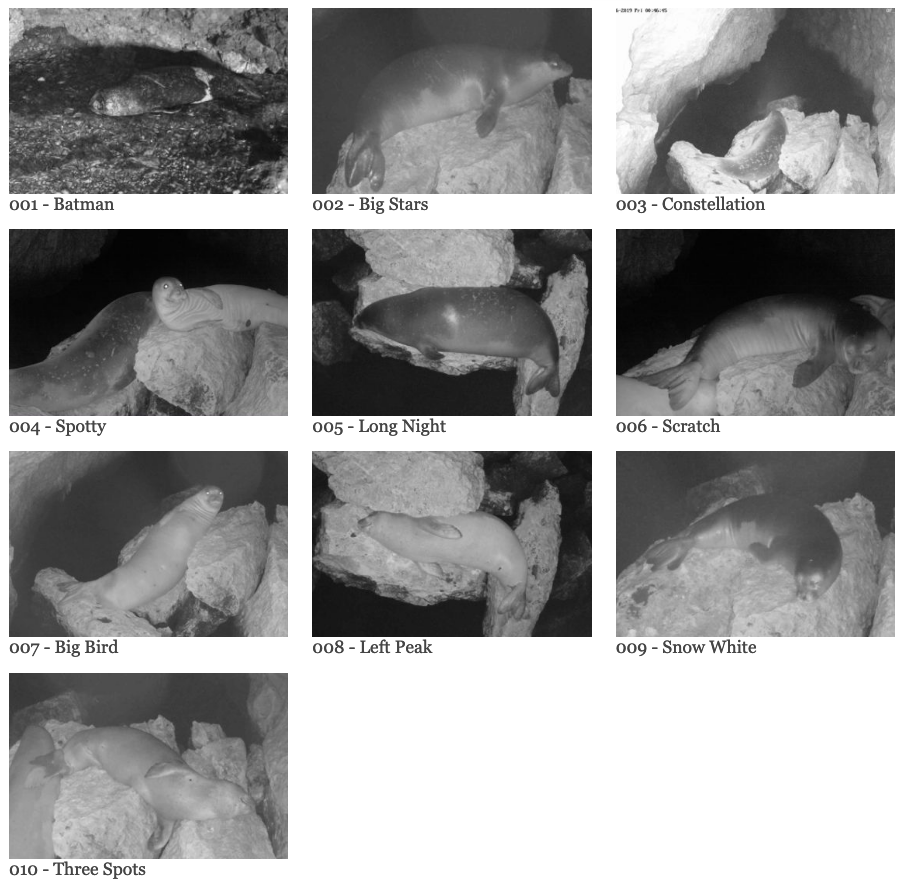After three years of work on our autonomous and open source prototypes to monitor the Mediterranean monk seal, the Octopus Foundation team has the immense privilege of presenting the first results of this extraordinary project.

We will refrain from coming to any biological conclusions about the behavior of this endangered marine mammal, since we are not biologists. Nonetheless, we wish to present several factual results that confirm the usefulness of the open source tool in the long term and for which we have voluntarily limited the total price to less than 1,800 Euros. This limited price is to allow as many monk seal biologists as possible to order, assemble and install themselves their very own systems (see “step-by-step manual“).
Years of tests, corrections, changes of modules and rewriting of the software code were necessary to build a system that is now reliable, currently deployed around three caves with different geomorphological specificities in the central Ionian Islands, in Greece.
These three kits were particularly productive during the year of 2019 (from June to December), as they made it possible to record a total of 10,000 photos of monk seals. One of the caves, which is very difficult to access, was particularly rich in information as it allowed not only to collect enough photos to identify 10 different seals, but to record for two months, 24/7, the very precise times of daily arrivals and departures of these 10 individuals.
We can therefore present to you “BATMAN“, a male weighing more than 200 kg who has the particularity of appearing in the various caves in the spring, “BIG STARS” a large female who most likely gave birth at the end of autumn, or “SPOTTY”, a young seal of a few years who came to take a nap every day on the same rock, during the hot summer afternoons.
To discover these animals and their seven fellow seals, we invite you to visit their identity sheets.

It is important that you understand that we intentionally preserve the location of these caves as it could jeopardize the tranquility and most likely the survival of these animals. One of the objectives of this open source and autonomous kit is precisely for biologists to be able to study them remotely, without disturbing them.
Nonetheless, we choose to publicly share the identity of these animals because we think it is important that all biologists specializing in the subject can access this data, study it, share it and discuss it to improve the monitoring and protection of this iconic and charismatic animal.
For biologists who are interested, we will gladly share the complete picture database for each individual. Contact us.
By making public the identity of these 10 animals, we hope that the inhabitants of the Ionian Islands will see in them a wealth of local biodiversity, worthy to be cherished and protected.
Finally, it is important to us that the general public be able to discover the wealth of biodiversity that these marine mammals represent, in order to adapt their marine activities and their behavior, as to coexist while disturbing them as little as possible. We particularly recommend the guidelines of our scientific advisor in the Ionian Islands, the Ionian Dolphin Project, and those of our partner NGO, Kosamare.
Thank you all for your support! See you soon.
The Octopus Foundation team.
